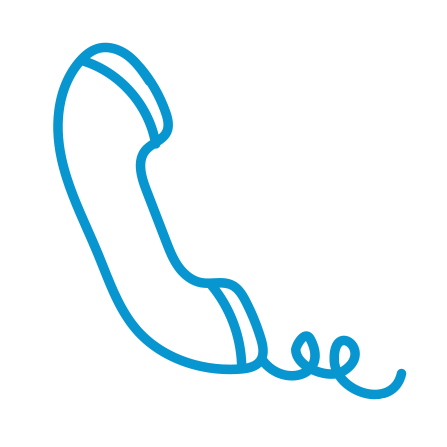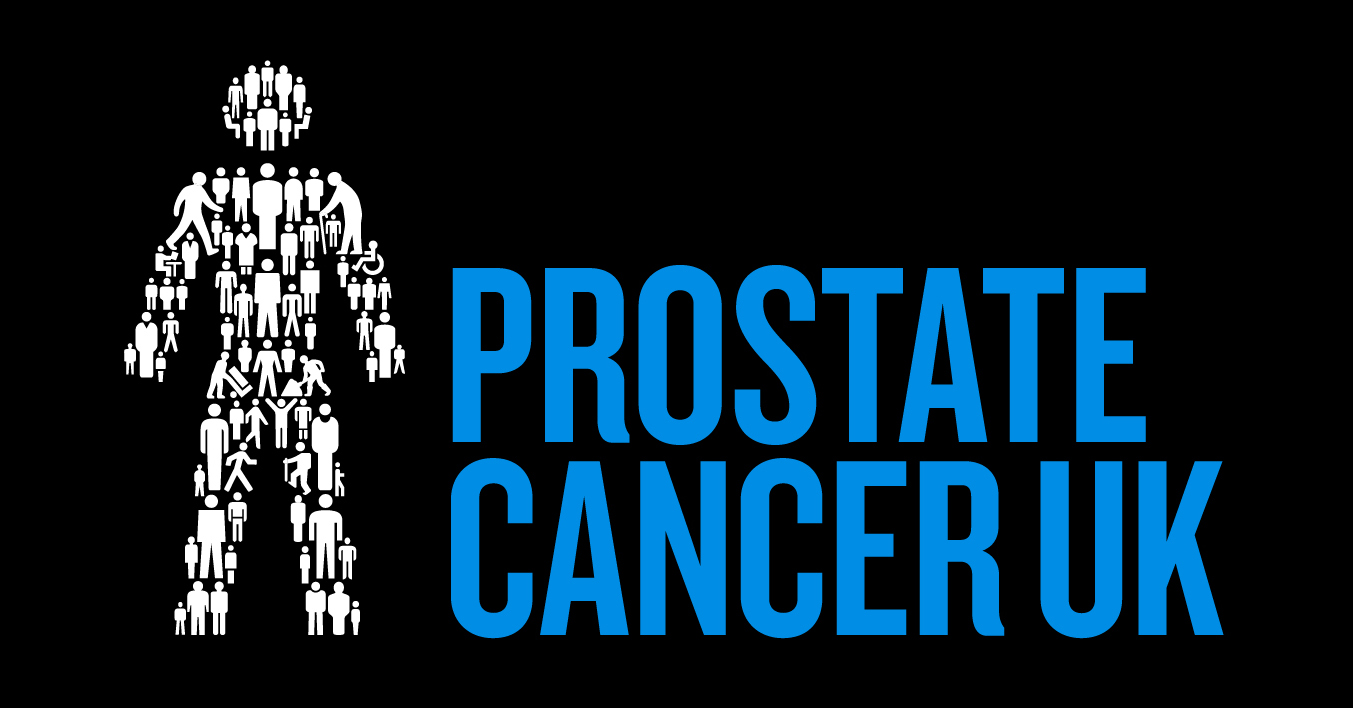Effective planning and risk management is key to running a safe firework display.
Fireworks are after all explosives and should be handled with extreme care. Over 550 children under 16 are taken to A&E in the four weeks surrounding bonfire night alone according to the Children’s Burns Trust. Clubs should be aware of the dangers and have a responsible action plan in place.
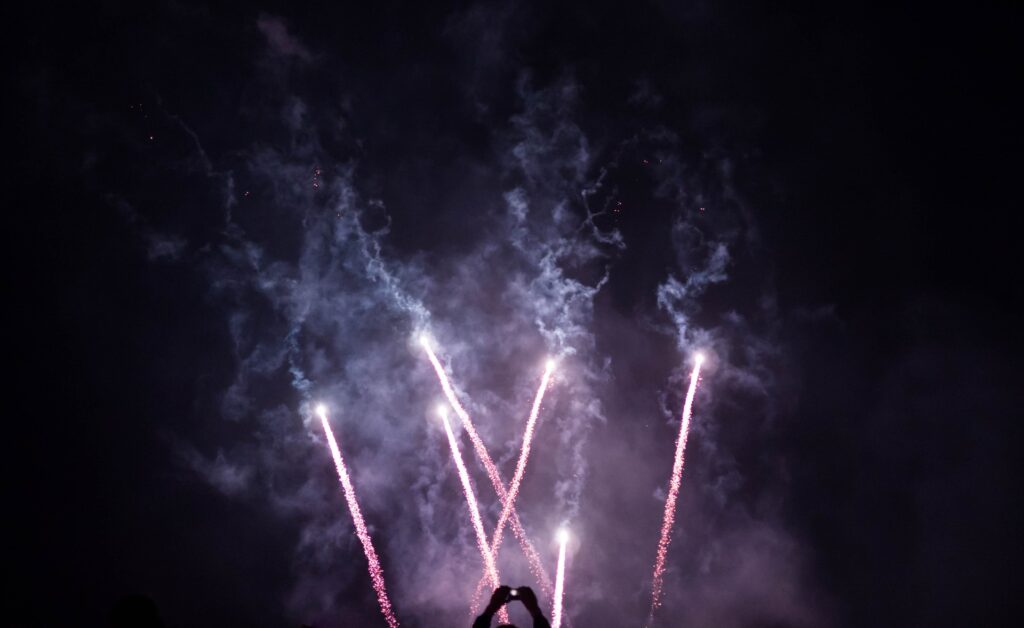
Considerations before running a firework display
What is the expected audience size?
This will not only dictate the amount of money to be spent on the display but how large an area to be marked out for viewing. It is expected at a firework display for there to be fireworks, a bonfire and amenities. These will need to be prepared beforehand in plentiful time.
Bonfires are popular sight, especially leading up to bonfire night. Read our tips for clubs on how to run a safe bonfire night event:
What are suitable fireworks for a firework display?
Not all fireworks are permitted to be handled by consumers. Only fireworks in the category of F1, F2 and F3. Fireworks in these categories are marked CE and will come with safety instructions.
For larger and potentially more hazardous fireworks, such as those in the F4 category, you will need to procure the services of a Display Operator. There is no reason why a successful firework display cannot be run by yourselves, however a Display Operator will assist with set-up and organisation.
What is the suitable site for a fireworks display?
The display site will be required to be segmented into areas, these include: The spectator area; the safety area – a space between spectators and the fireworks; the firing area; the fall-out area, this should be downwind of all the other areas and large enough to zone-off any falling debris; and the bonfire area.
The size of the layout should be as large as you are able. This will allow for larger fireworks, a large bonfire and more spectators.
Major roads should be considered as smoke can become a serious obstruction. Other obstructions should also be noted when deciding upon the firing area, these include; scaffolding poles and nearby electric power lines; overhead pylons; trees and foliage; flight paths.
The bonfire area should be at least 15 meters away from buildings, roads, footpaths and all the other areas. Flammable items and liquids should be kept away and the bonfire should be downwind of spectators.
Who to contact before running a firework display?
The police need to be informed as soon as possible. Their main concerns being crowd control, public order, crowd safety, emergency access and parking.
The fire service will need to be contacted at least 28 days before the event. They need to know the correct information in order to marshal crowds, check over near-by buildings, organise fire-fighting arrangements.
Local authorities and councils will need to be informed. They will provide advice on related byelaws and safety legislation as well as noise pollution.
Neighbouring landowners should be informed, as well as neighbouring institutions and businesses in case of disruption.
If your club is located near the sea, aerial fireworks could be mistaken for distress signals. The coastguard should be warned.
Your insurer and broker need to be contacted. You are not automatically covered if you run an additional event, hence discuss your insurance information and double-check whether you need to take out extra cover with Club Insure.
What facilities should be in place before running a firework display?
Safety fences or tape should be used to inform spectators of the areas they are not permitted to go. Firefighting facilities should also be adequate, this includes fire extinguishers, buckets of water, fire blankets. They should be made easily accessible.
A suitable number of stewards is necessary, each must be instructed in how to use the firefighting equipment. Stewards will need fluorescent jackets to be instantly identifiable. This is useful for crowd safety. Crowds should be checked before entry; disallow any personal fireworks, dangerous objects, flammable objects. For cooperation, the public should be warned beforehand.
Exits need to be on display and a loudspeaker or public address system should be in place. The car parking system should be well-displayed, with unobstructed routes in and out to minimise traffic.
A first-aid point is required, ran by a qualified first-aider from your club. And suitable refuse waste bins should be spread around the event.
Alcohol purchase points should be well away from the bonfire and firing areas.
Fireworks and fire lighting equipment should be stored safely and securely. They require to be inspected before use. The two should be in isolation and so not in close proximity at any time.
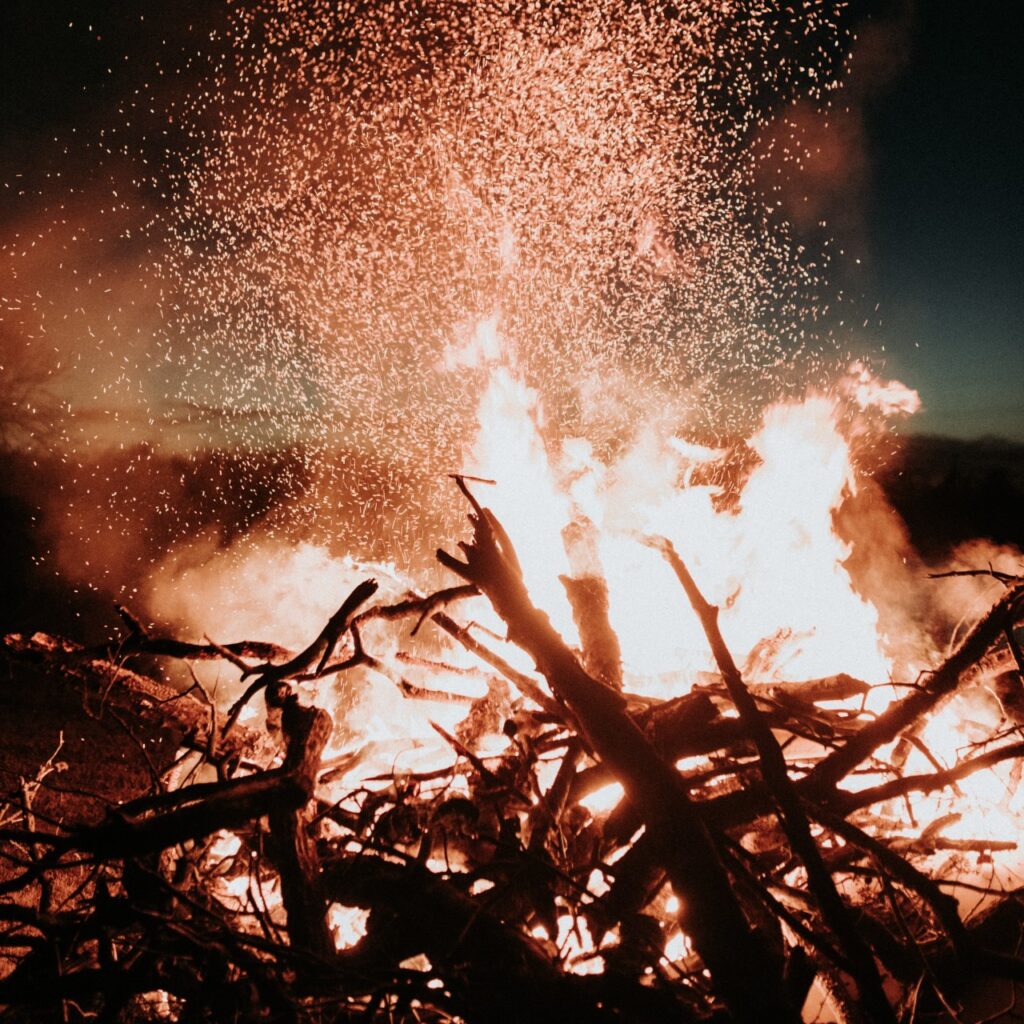
What to do when something goes wrong at a firework display?
Each emergency should be planned and dealt with accordingly. The universal action plan will involve the safety of individuals, calling the emergency services and informing your insurance providers.
Adverse wind conditions
A firework display cannot go ahead if the wind is blowing in the wrong direction. If this can be predicted beforehand, change the site layout if possible. High winds may force a club to cancel the event. If this is the case, do not be afraid to reschedule and all involved should be informed.
What if someone is hurt by a firework
First-aiders should already be informed of what to do if someone is hit by a firework. In the case of serious injury call and ambulance immediately. For first aid information see here. Take down all the information you can including the person’s name, what happened, the likely cause and the time and date. Keep this information on record for your insurance provider’s use.
What if bonfire grows too big? What if a fire is started by fireworks?
If you are unable to deal with a large fire, call the fire service immediately. Viewers should not be made to obstruct the fire service. Small fires should be dealt with by firefighting equipment. All persons should be moved to a safe space out of the way.
What if someone has an accident and is hurt?
This should be dealt with as you would normally deal with any incident at your club. Take the information of the person injured as well as the statements of any witness, gain as much information as possible and do not accept any immediate responsibility. Call the injured party an ambulance and relay all information to your insurer.
Spectators in the wrong area
Inform the people responsible straightaway that they are in the wrong place. If they do not move the display will need to be stopped and they will need to be removed by people. As a club you are liable for the safety of all attendants and therefore should take a hard-line stance on those misbehaving.
In the case of announcements, they should be written out and prepared in the case of each scenario.
It is important to clear up after a firework display. All rubbish, debris and spent fireworks must be disposed of correctly and safely. The bonfire needs to be put out correctly and left to cool down.
Insurance information for a club’s firework display
Be aware – If you’re having a bonfire or firework display, you’re not covered as standard.
Out of the ordinary events aren’t automatically covered. Events such as a firework display heightens your risk and insurers need reassurance you’ve considered the risks and have put relevant health and safety measures in place.
If the worst happens and you need to make a claim, but your insurer knows nothing about the event, you may not be fully covered.
One of the first tasks on your to-do list should be to contact your insurer, or to contact Club Insure. Our representative are experts in club safety and will instruct your best course of action.
For more information please see these helpful and informative sources:
The British Pyrotechnists’ Association (BPA), http://www.pyro.org.uk
The Confederation of British Industry, Explosives Industry Group (CBI/EIG), www.eig.org.uk
The Event Servicers Association (TESA), http://new.tesa.org.uk/
The British Fireworks Association (BFA) www.britishfireworksassociation.co.uk
HSE fireworks advice, https://www.hse.gov.uk/explosives/fireworks
Children’s Burns Trust, https://www.cbtrust.org.uk/fireworks/

